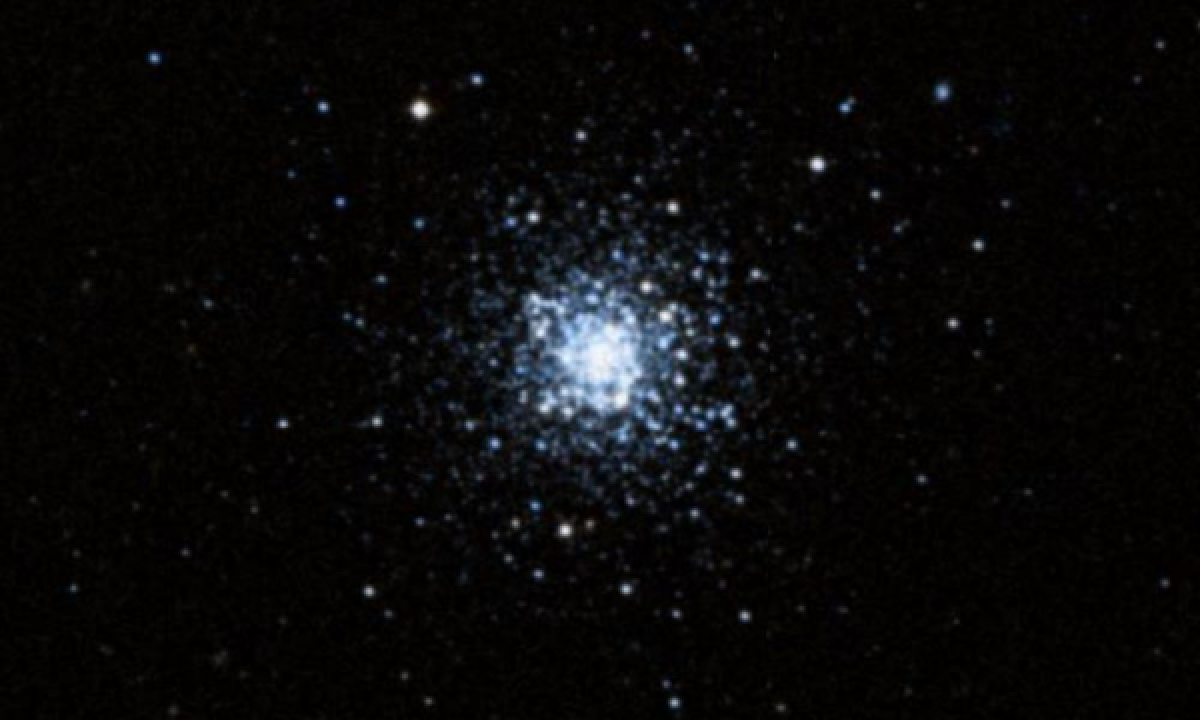The New General Catalogue of Nebulae and Clusters of Stars (abbreviated as NGC) is a catalogue of deep-sky objects compiled by John Louis Emil Dreyer in 1888. The NGC contains 7,840 objects, known as the NGC objects. It is one of the largest comprehensive catalogues, as it includes all types of deep space objects, including galaxies, star clusters, emission nebulae and absorption nebulae.
Know more about NGC
NGC 4147

NGC 4147 is the New General Catalogue identifier for a globular cluster of stars in the northern constellation of Coma Berenices. It was discovered by English astronomer William Herschel on March 14, 1784, who described it as "very bright, pretty large, gradually brighter in the middle". With an apparent visual magnitude of 10.7, it is located around 60,000 light years away from the Sun at a relatively high galactic latitude of 77.2°. This is a relatively small globular cluster, ranking 112th in luminosity among the Milky Way globular cluster population. It is considered an Oosterhoff type I cluster (OoI), despite having a relatively low metallicity. Indeed, it has the lowest metallicity of any OoI cluster known. There are 19 RR Lyrae variable star candidates and as many as 23 blue stragglers. A high proportion of the latter are concentrated near the dense core of the cluster, which is consistent with the idea that blue stragglers form through stellar mergers. The cluster lies some 70.4 ± 7.5 kly (21.6 ± 2.3 kpc) from the Galactic Center, and is relatively isolated from other globular clusters in the galaxy. The position of this cluster makes it a candidate for association with the Sagittarius tidal stream, and thus it may have been captured by the Milky Way after separation from the Sagittarius Dwarf Spheroidal Galaxy. A contour map of the cluster appears to show S-shaped tidal arms stretching to the north and south for several tidal radii. Such features are predicted for globular clusters that follow elliptical orbits and are near their apogalacticon.
More Images:

Sources:
Wikipedia Page: NGC 4147
NGC 4147 at In-The-Sky website
